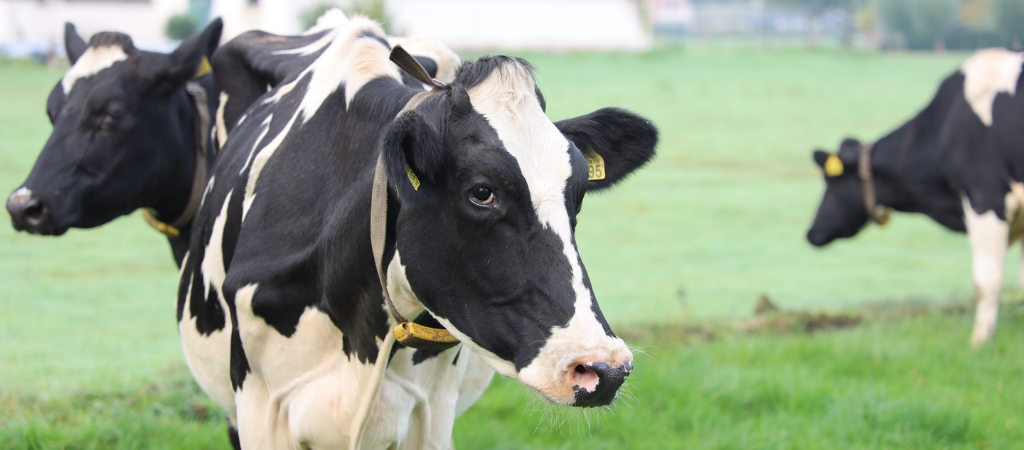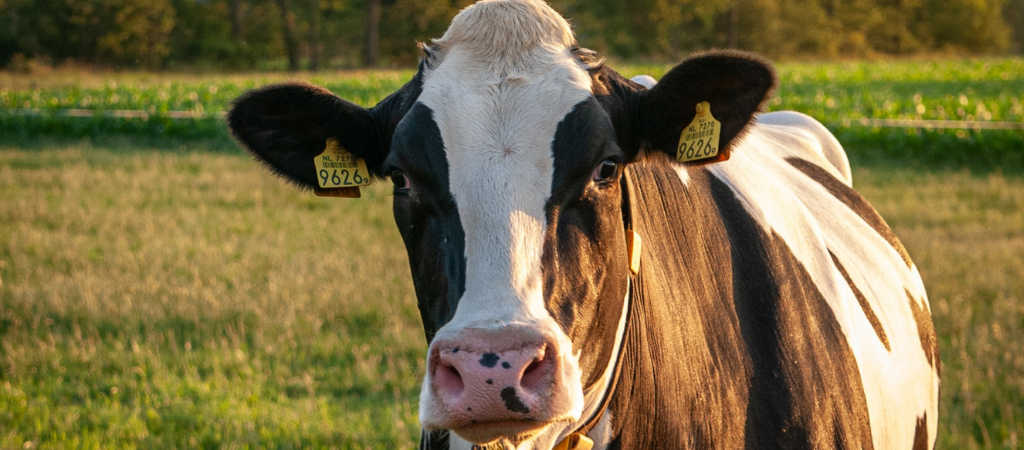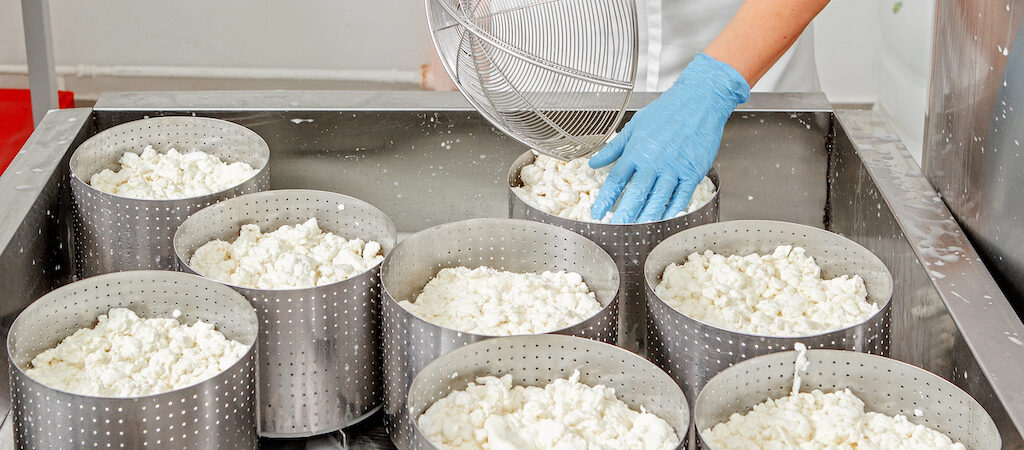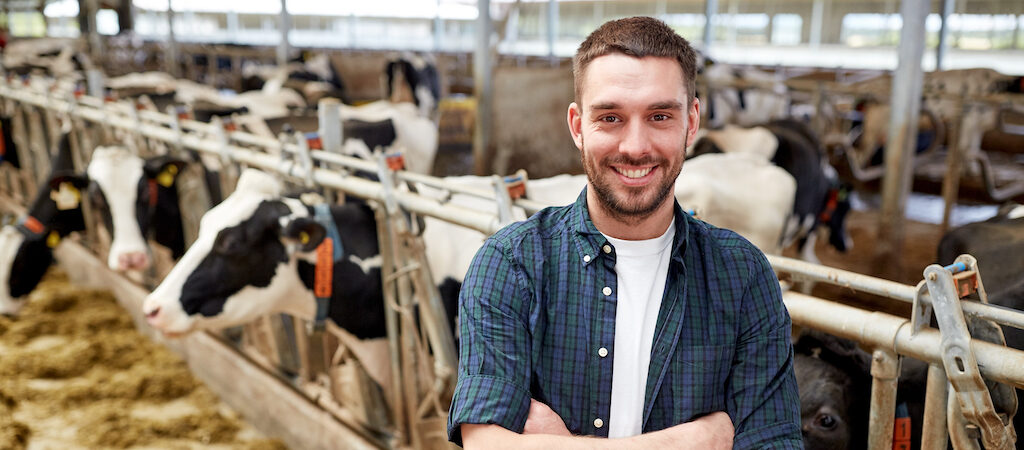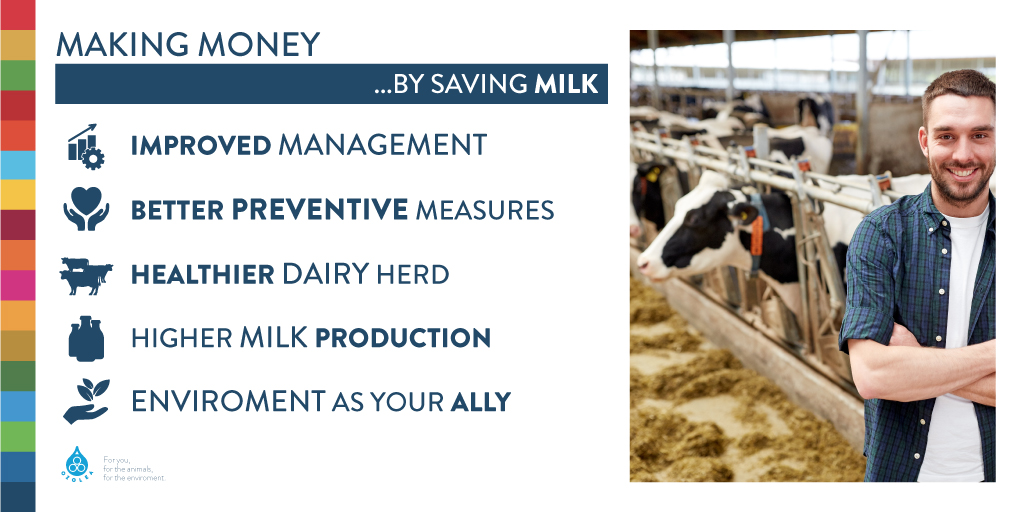Effective reproductive management in dairy cattle means managing the entire dairy farm properly; its improvement should represent the ultimate goal of each dairy farmer. As a result of this improvement, milk production and costs will be optimized, there will be a reduction in days open for cows and in the conception age for heifers.
Many aspects have to be considered for the improvement of the reproductive performance in dairy cattle: thus, here is a brief discussion of the key steps.
Dairy breeding and genetics
Up to the beginning of the 2000s, the main goal for selection programmes traditionally used to be milk yield to the detriment of other significant traits, such as health and fertility. In the last 15 years, things have changed, and now these traits are considered in selection programmes. Successful achievements such as the increase in longevity and the reduction of calving intervals have been possible.
New tools and applications allowed to introduce improved phenotypes on dairy farms, thus helping farmers better exploit health and fertility traits.
Nutrition management makes the difference
There is a negative relationship between milk production and fertility, however this is not related to high milk yield. As a matter of fact, it is due to negative energy balance in early lactation. This means that the dry matter the cow consumes is not sufficient to meet the daily energy requirement. Milk production in the first period of lactation involves an intense energy consumption, but energy is necessary also for maintenance. In case of insufficient energy intake, the risk is to undergo ketosis, a metabolic disorder that may lead to a decrease in milk production and reproductive efficiency.
In transition cows, the main strategies aim at improving health by minimizing stress factors1, supporting immune function and dry matter intake. Moreover, the administration of specifically designed diets is intended for the improvement of fertility by tackling mechanisms linked to negative energy balance or by supporting those pathways that are necessary for fertility.
Health management
The key action is controlling infectious diseases. Along with fertility management, veterinarians should regularly monitor the health status of animals to identify the presence of those pathogens known to compromise reproductive efficiency. Reduction in conception rates, fetal losses and abortions can be some of the consequences of specific uterine infections.
Heat and pregnancy detection, synchronization programs and artificial insemination
Oestrous detection represents one of the critical points. While visual heat detection requires a methodical and intensive approach, technology has allowed dairy farmers to rely on new practical tools (such as pedometers or activometers) or strategies (online hormone dosage – progesterone) for a more successful and precise detection.
In addition, oestrus synchronization programs can help ameliorate reproductive efficiency, but still rely on oestrus detection for the desired improvement in pregnancy rates.
One key element is dairy bull semen storage and application for artificial insemination (AI). During the production process, sperm undergoes a lot of stress, while the dilution allows to get several doses with fewer sperm count. For these reasons, it will be important to store semen properly on farms, and to handle it with care for a successful IA. This is particularly relevant for sexed semen, which undergoes a more intensive production process.
To detect pregnancy, direct or indirect methods can be applied. Direct methods include to determine pregnancy status include return to oestrus, rectal palpation of the reproductive tract and observation through ultrasound scanning. Indirect methods are based on qualitative or quantitative measurement of hormones or other compounds in maternal body fluids.
All these approaches are considered as part of precision livestock farming.
Improving reproductive efficiency by managing minor uterine issues
In the past weeks, we explored the valuable meaning of vaginal discharge in dairy cows2. The ability to recognize what is behind vaginal discharge makes the dairy farmer intervene promptly and prudently in case of disease or physiological manifestations, such as those in late post-partum. Moreover, repeat breeder cows3 are an obstacle to reproductive efficiency.
In these cases, the dairy farmer can use OZOLEA no-withdrawal solution for intra-uterine use, OZOLEA-METR. In particular:
– in late postpartum, or about 30 days after delivery, when the uterine involution is complete, there are no clear symptoms of metritis but abnormal non-severe vaginal drains may be visible,
– 24 hours after insemination, when the embryo is forming in the tubes but before it descends towards the uterus for implantation.
References
1 A comfortable pre-calving period for less stressed fresh cows.
https://www.ozolea.it/a-comfortable-pre-calving-period-for-less-stressed-fresh-cows/
2 The meaning of vaginal discharge in dairy cows.
https://www.ozolea.it/the-meaning-of-vaginal-discharge-in-dairy-cows/
3 Acting on repeat breeder cows to increase herd productivity.
https://www.ozolea.it/acting-on-repeat-breeder-cows-to-increase-herd-productivity/
Crowe, M.A., Hostens, M. & Opsomer, G. Reproductive management in dairy cows – the future. Ir Vet J 71, 1 (2018). https://doi.org/10.1186/s13620-017-0112-y
Galli A., 2020. L’efficienza riproduttiva fra gestione e tecnologia.
Cover image: Ph. Megumi Nachev. Available here.

